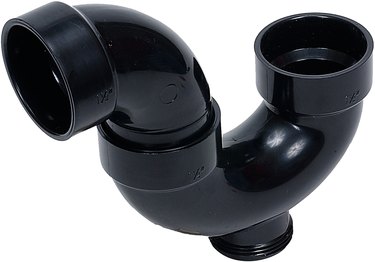
Poly vinyl chloride, or poly vinyl, and polyester are types of plastic, which are used in numerous industrial, residential and commercial applications. They are made up of synthetic and semi-synthetic substances and have numerous advantages in terms of physical properties, resilience and function.
Composition
Video of the Day
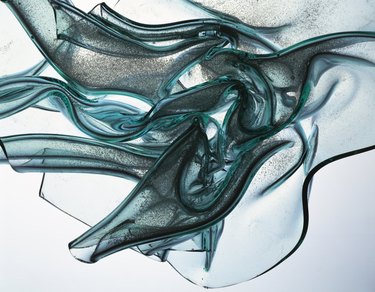
Poly vinyl (PVC) is made from the polymerizing of vinyl chloride monomer. Additional stabilizers and plasticizers are added, to increase its light and heat resistant properties and increase its elasticity. These properties make PVC suitable for various industrial applications.
Video of the Day
Polymers are synthesized (by the reaction of dihydric alcohols with dibasic acids) to make polyester. Polyester includes other naturally occurring substances, including cutin (the waxy polymer that covers a surface of a plant), which are derived from the cuticles of a plant as well as synthetic substances, including polybutyrane (a biodegradable polyester) and polycarbonate (an easily moldable substance that is impact and chemical resistant).
Properties
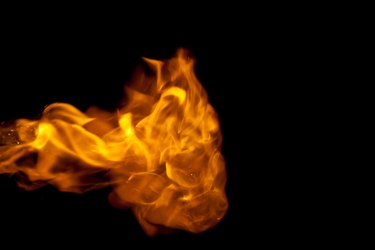
PVC is water and fire resistant. It occurs as an odorless, amorphous powder that remains stable at room temperature but discolors at temperatures over 80 degrees Celsius.
Polyester is highly flammable, resistant to wrinkles, chemicals, damage, shrinking, stretching and water. It is resistant to biological damage, including mildew and mold and retains its shape well under physical stress.
Types
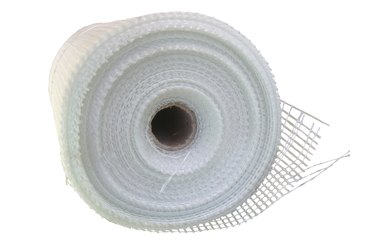
The two main types of poly vinyl chloride include flexible resins and rigid resins. Flexible resins are flexible and consist of a large percentage of plasticizers (such as dioctyl phthalate -- DOP). Rigid resins are tougher and less elastic than flexible resin PVC.
The most important types of polyester include polycarbonate and polyethylene terephthalate (PET). Other types of polyesters include unsaturated fiberglass-reinforced polyesters, thermosetting polyesters and chemo setting polyesters. `
Applications

Poly vinyl chloride is used to make clothing, flexible hoses, upholstery, roofing/flooring membranes, insulation for electrical cables, inflatable structures (pools, pool toys and waterbeds), pipes and ceiling tiles.
Polyester is used in the manufacture of synthetic fiber (that is insulating, hydrophobic and wrinkle resistant), plastic bottles, power belting, floppy disk liners, hoses, high-strength ropes/thread, sails and mylar balloons.
Safety
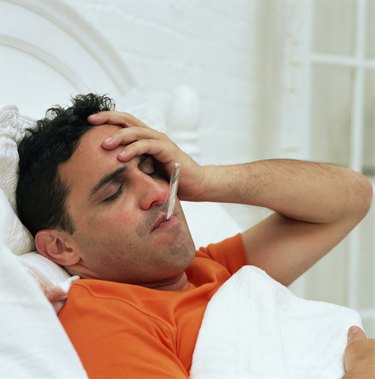
The vinyl chlorides, including PVC, are known to be human carcinogens (cancer causing substances). According to the IARC (International Agency for Research on Cancer), PVC is classified as a group 1 carcinogen. Symptoms of PVC poisoning include dizziness, pain, spleen enlargement, liver enlargement, weight loss, headache and irritation to the throat and eyes. It affects the lymphatic system, respiratory system, liver, central nervous system and blood.
Polyester is comprised of styrene, which is a harmful solvent. It is known to cause respiratory tract, skin and eye irritation. Extended exposure may cause depression, dizziness, exhaustion, nausea, headaches, loss of consciousness, kidney and liver damage. Styrene is classified by IARC as a possible carcinogen to humans (group 2b).